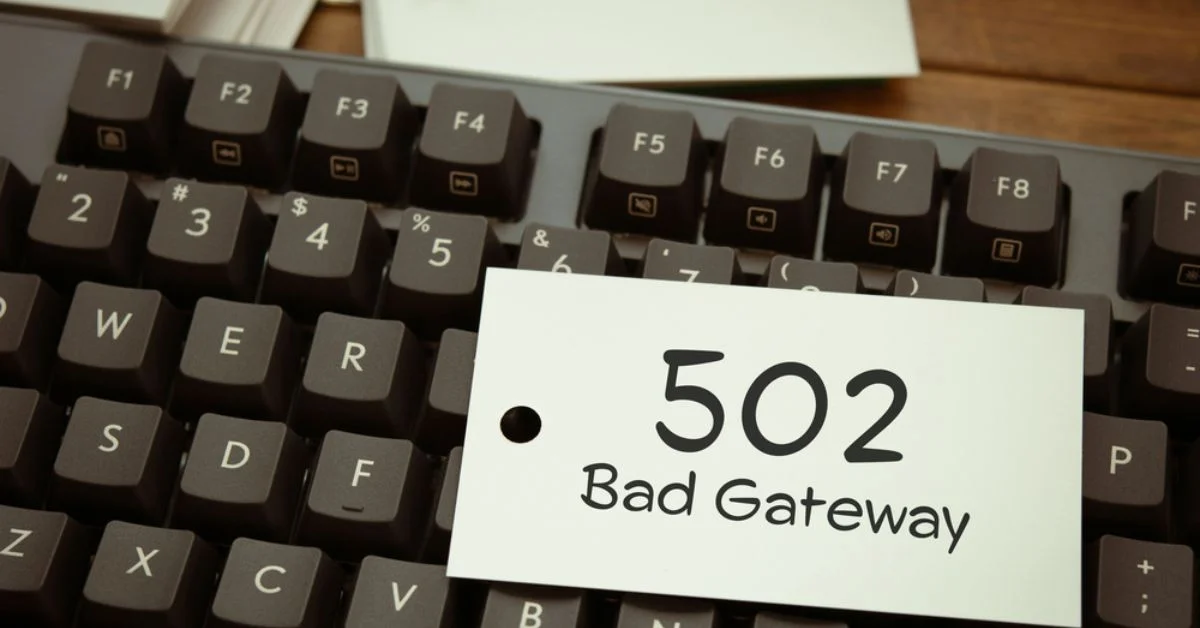Top 10 WordPress tips and tricks every beginner should know to build, customize, and optimize a successful website. Let’s explore now!
WordPress is the world’s most popular website platform, powering over 40% of all websites on the internet. Its flexibility, user-friendly interface, and extensive plugin ecosystem make it an ideal choice for bloggers, businesses, and creatives alike.
Despite its ease of use, beginners often face challenges when it comes to optimizing performance, managing content, and ensuring their site is secure and efficient. Without the right guidance, these hurdles can slow down growth and impact user experience.
This guide provides 10 practical WordPress tips and tricks designed specifically for beginners, helping you manage your site effectively, improve performance, and build a strong foundation for long-term success.
Essential Tips for WordPress that You Should Know
1. Choose the Right Hosting and Domain Name
Selecting the right hosting provider and domain name is the foundation of a successful WordPress website. Reliable hosting ensures your site loads quickly, remains secure, and can handle traffic spikes without downtime. Poor hosting can lead to slow performance, security vulnerabilities, and a negative user experience.
When choosing a domain name, aim for something that is short, memorable, and easy to spell. Incorporating relevant keywords can also improve your site’s SEO, helping potential visitors find your website more easily. A well-chosen domain and dependable hosting set the stage for long-term growth and credibility.
2. Install a Lightweight and Responsive Theme
Choosing the right theme is crucial for both the performance and appearance of your WordPress website. A lightweight and responsive theme ensures your site loads quickly across all devices, providing a smooth user experience and positively impacting your SEO rankings. Slow or cluttered themes can frustrate visitors and increase bounce rates, which can harm your site’s visibility on search engines.
For beginners, it’s best to start with themes that are easy to customize and optimized for speed. Popular options include Astra, GeneratePress, and OceanWP, which offer flexibility, pre-built templates, and mobile responsiveness. Selecting the right theme early on will save you time and effort as your website grows.
3. Customize Your Website Using the Block Editor
The WordPress Block Editor, also known as Gutenberg, changes the way websites are built by allowing users to create content visually. Instead of relying on complex coding, you can add and arrange different blocks such as text, images, videos, and buttons to design pages and posts exactly the way you want.
For beginners, the block editor makes website customization intuitive and efficient. You can experiment with layouts, insert multimedia elements, and style content directly on the page. Key tips include using pre-built block patterns, grouping blocks for consistent styling, and taking advantage of reusable blocks to save time on repetitive elements. This approach empowers beginners to build professional-looking pages without writing any code.
4. Use Essential Plugins Wisely
Plugins are tools that extend the functionality of your WordPress website. They allow you to add features such as contact forms, SEO optimization, security measures, and performance enhancements without writing any code. Using the right plugins can significantly improve your website’s efficiency and user experience.
For beginners, it is important to install only the essential plugins to avoid slowing down your site. Recommended plugins include Yoast SEO for search engine optimization, Wordfence for security, WP Rocket for speed and performance, and UpdraftPlus for backups. Choosing reliable plugins ensures your website runs smoothly and remains secure while providing the features you need.
5. Optimize Your Website for Speed
Website speed is a critical factor for both user experience and search engine rankings. Slow-loading websites can frustrate visitors, increase bounce rates, and reduce the chances of returning traffic. Search engines like Google also prioritize faster websites, making speed optimization essential for visibility.
To improve your website speed, focus on compressing images to reduce file sizes, enabling caching to load pages faster, and minimizing the number of plugins installed. Using lightweight themes and reliable hosting can further enhance performance. Optimizing your website for speed ensures a smooth experience for visitors and boosts your chances of ranking higher in search results.
6. Improve Security with Simple Measures
WordPress websites are common targets for hackers, and beginners often overlook basic security measures. Common risks include weak passwords, outdated themes or plugins, and vulnerabilities from poorly coded extensions. Ignoring security can lead to website hacks, data loss, and downtime.
To protect your site, always use strong and unique passwords for your WordPress account. Install reliable security plugins such as Wordfence or Sucuri to monitor and prevent threats. Regularly update WordPress, themes, and plugins to fix security vulnerabilities. Implementing these simple measures ensures your website remains safe and trustworthy for visitors.
7. Implement Basic SEO Practices
Search engine optimization is essential for making your website visible to potential visitors. Proper SEO practices help search engines understand your content and rank your site higher in search results, driving more traffic and engagement.
Beginners should focus on adding meta descriptions to summarize each page, using headings to organize content clearly, and including alt text for images to improve accessibility and SEO. Installing sitemap plugins like Google XML Sitemaps can help search engines index your website more efficiently. By following these basic SEO practices, you can increase your website’s visibility and attract more visitors.
8. Regular Backups and Updates
Regular backups are essential to protect your website from data loss due to hacks, server failures, or accidental errors. Without backups, recovering your site after a problem can be difficult and time-consuming.
In addition to backups, keeping WordPress, themes, and plugins updated ensures your website stays secure and performs optimally. Recommended tools for beginners include UpdraftPlus for automatic backups and WordPress’s built-in update system to manage themes and plugins. By maintaining regular backups and updates, you safeguard your website and ensure it continues to run smoothly.
9. Learn to Use Widgets and Menus Effectively
Widgets and menus play a key role in improving website navigation and overall usability. They help visitors find important content, explore different sections of your site, and interact with features such as search bars, contact forms, or social media links.
For beginners, it is important to organize your sidebar, footer, and header menus thoughtfully. Place the most important pages in your main menu, add useful widgets like recent posts or popular articles to the sidebar, and include contact information or quick links in the footer. Proper use of widgets and menus ensures a seamless browsing experience for your visitors.
10. Take Advantage of WordPress Resources and Communities
WordPress has a vast ecosystem of tutorials, blogs, forums, and YouTube channels that can help beginners learn and troubleshoot effectively. Accessing these resources allows you to gain new skills, stay updated on best practices, and solve problems quickly.
Joining WordPress communities, such as official forums, Facebook groups, or local meetups, provides additional support and guidance. Engaging with other users allows beginners to share experiences, ask questions, and learn from more experienced developers. Leveraging these resources and communities accelerates learning and helps you manage your WordPress website confidently.
Conclusion
Mastering these WordPress tips and tricks early on sets the foundation for a successful and efficient website. By choosing the right hosting, using responsive themes, optimizing for speed and SEO, and leveraging plugins, widgets, and communities, beginners can avoid common pitfalls and create a smooth, professional website experience.
We encourage you to apply these strategies to your own WordPress site and explore the features that make managing your website easier and more effective. At WhatArmy, we are committed to helping beginners and professionals alike get the most out of their WordPress journey.
Frequently Asked Questions
1. Does WordPress have a free domain?
WordPress itself does not provide a free custom domain. However, if you use WordPress.com’s free plan, you can get a subdomain like yourname.wordpress.com. For a professional website, it is recommended to purchase a custom domain through WordPress or a domain registrar.
2. How to get the best out of WordPress?
If you want to maximize your WordPress experience, follow the simple tips:
- Select the ideal theme for your site’s purpose and target audience.
- Install all essential plugins for SEO, security, and performance.
- Optimize content for on page SEO with headings, images, and meta descriptions.
- Regularly update WordPress, themes, and plugins to stay secure.
- Use Google Analytics tools to track visitor behavior and improve engagement.
3. Can I use WordPress without a domain?
Yes, you can use WordPress without a custom domain by creating a site on WordPress.com’s free plan. Your website will use a WordPress subdomain (e.g., yourname.wordpress.com). However, this is less professional and not ideal for businesses or branding.
4. Can I host my website on WordPress for free?
Yes, WordPress.com offers free hosting with a subdomain, limited storage, and basic features. For more control, storage, and a custom domain, you can use WordPress.org with third-party hosting, which requires a paid hosting plan.


%402x%20(2).svg)

%402x%20LIGHT.svg)

